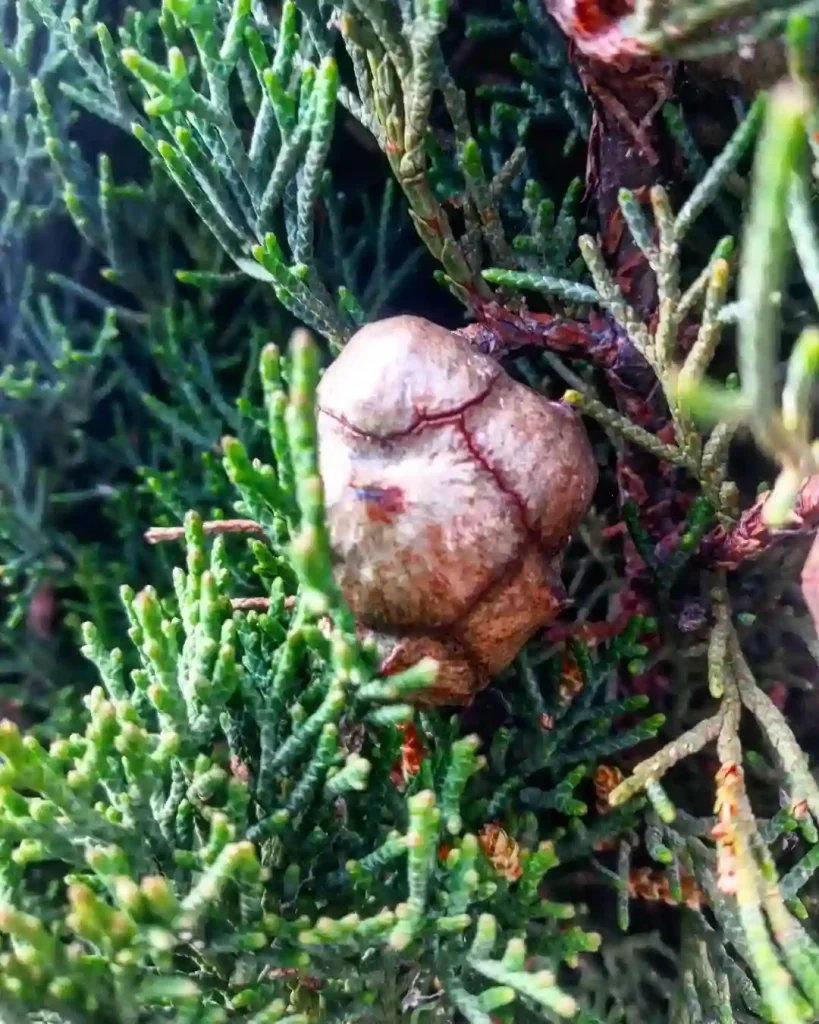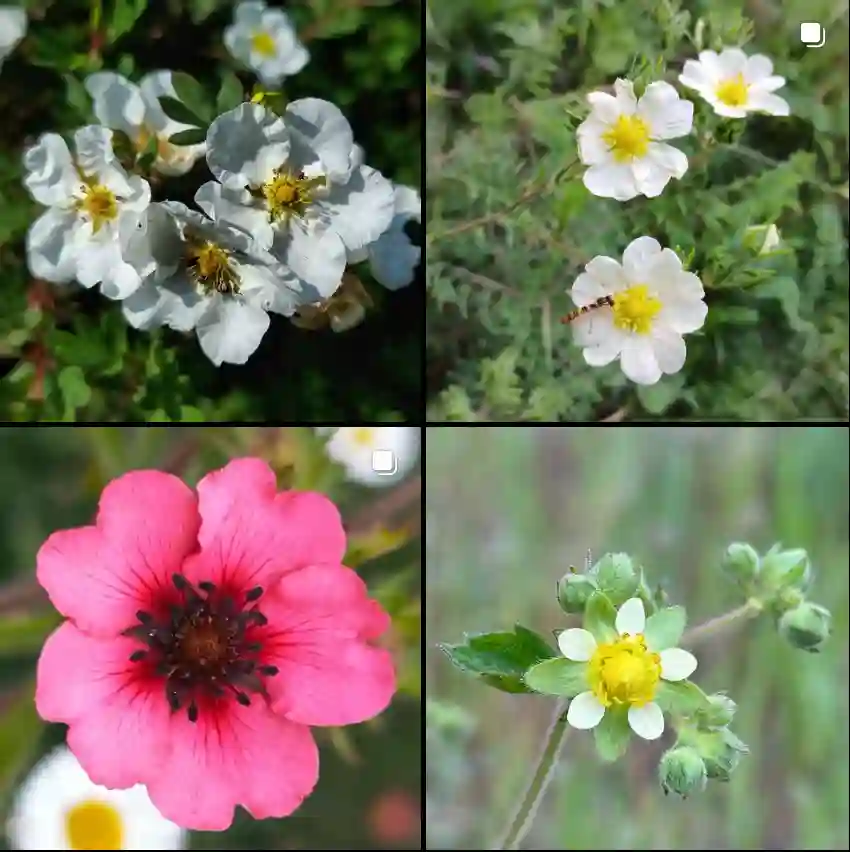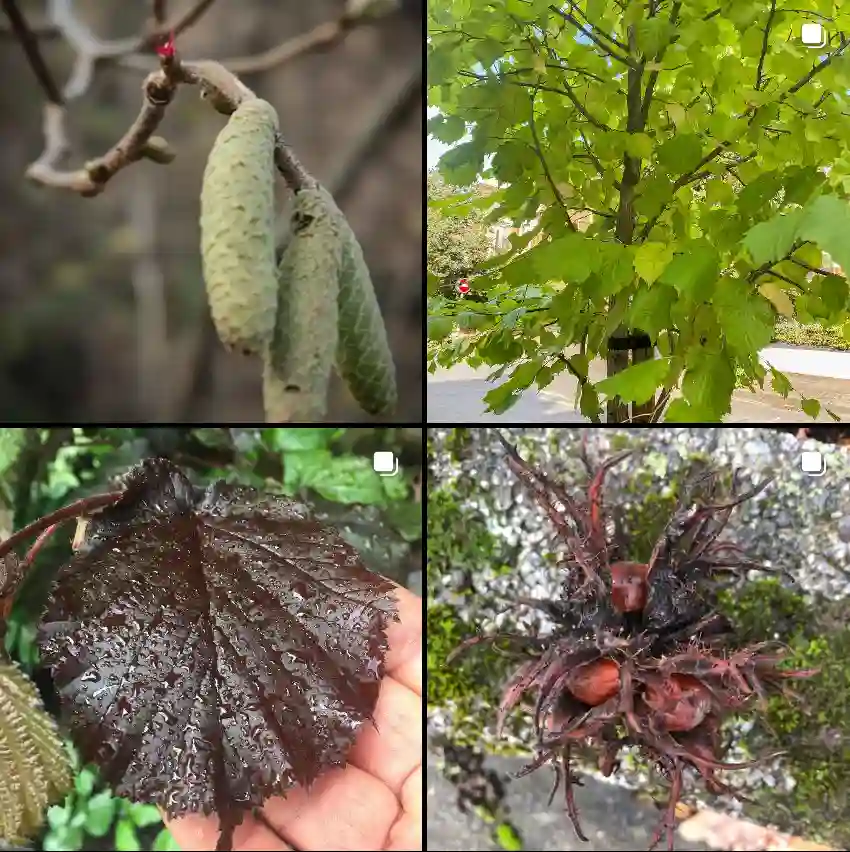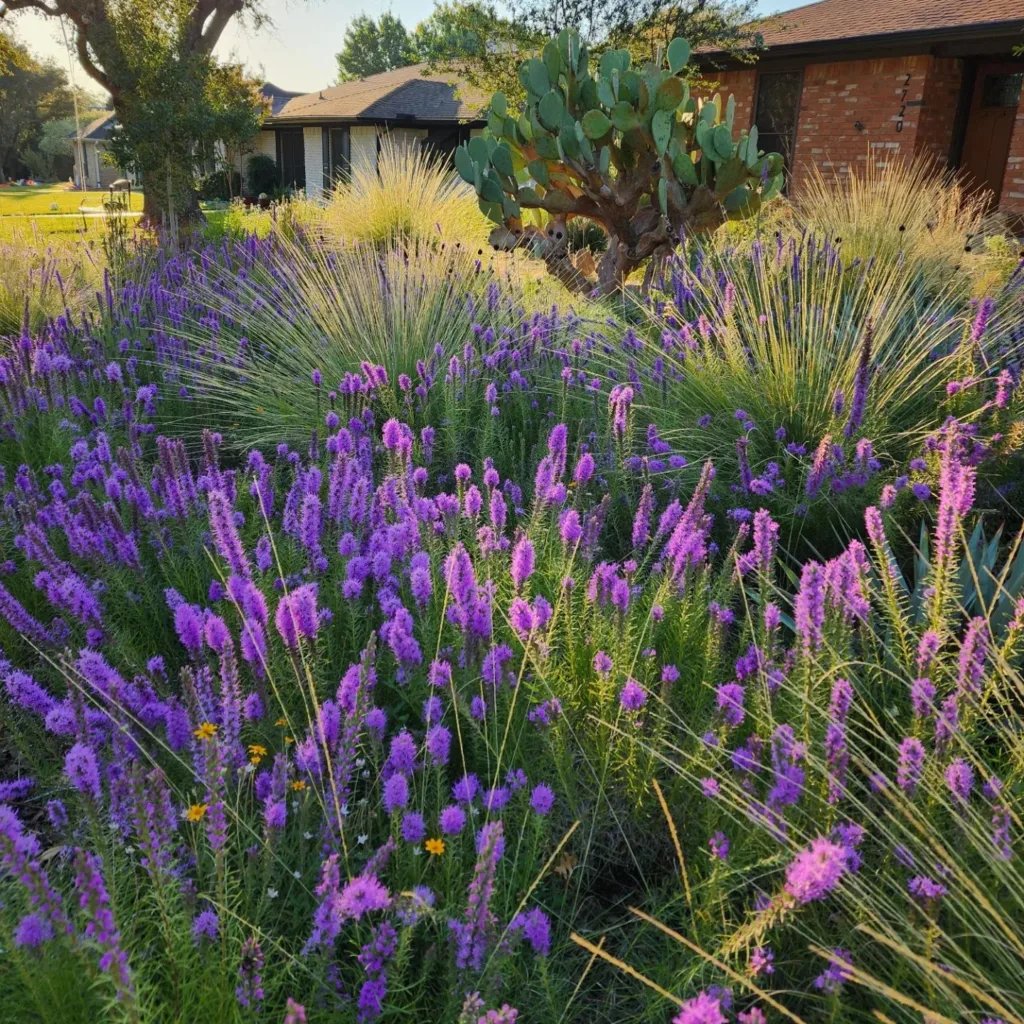FAQs About Venegasia Carpesioides
As someone who loves experimenting with unique plants in my garden, I’ve found Venegasia Carpesioides to be a particularly interesting specimen. If you’re considering adding this plant to your collection, you might have several questions about its care, propagation, and other aspects. Here’s a detailed guide based on my experiences and insights.
What is Venegasia Carpesioides?
Venegasia Carpesioides, also known as the Venegasia or Venegasia Plant, is a perennial plant native to the Andes in South America. It belongs to the Asteraceae family, which includes daisies and sunflowers. The plant is known for its striking foliage and vibrant yellow flowers, which add a splash of color to any garden.
How to Care for Venegasia Carpesioides?
Caring for Venegasia Carpesioides is relatively straightforward, but it does have some specific needs. Here’s what I’ve learned from growing it:
Light Requirements: Venegasia Carpesioides thrives in full sun to partial shade. In my experience, it grows best when it receives at least 6 hours of direct sunlight daily. If you’re in a particularly hot climate, some afternoon shade can help prevent the leaves from scorching.
Soil Needs: This plant prefers well-draining soil. I use a mix of regular garden soil with added compost to ensure it stays nutrient-rich and drains well. Avoid waterlogged conditions as they can lead to root rot.
Watering: Keep the soil consistently moist but not soggy. During the hotter months, I water my Venegasia Carpesioides more frequently, but I make sure not to overwater. In winter, reduce watering as the plant’s growth slows down.
Fertilizing: Feed the plant with a balanced, all-purpose fertilizer during the growing season. I typically use a liquid fertilizer every 4-6 weeks. Over-fertilizing can lead to excessive foliage growth at the expense of flowers.
Pruning: Regular deadheading of spent blooms encourages more flowers and helps the plant maintain a tidy appearance. I also trim back any leggy growth to promote a bushier shape.
How to Propagate Venegasia Carpesioides?
Propagation of Venegasia Carpesioides can be done through seeds or cuttings:
Seeds: I usually start by sowing seeds indoors about 8-10 weeks before the last frost. Lightly cover the seeds with soil and keep them moist. Once the seedlings are big enough to handle, I transplant them into the garden.
Cuttings: Take cuttings from healthy, non-flowering stems in early summer. Dip the cut ends in rooting hormone and plant them in a mix of perlite and peat. Keep the cuttings in a warm, humid environment until roots develop, which usually takes a few weeks.
What to Plant with Venegasia Carpesioides?
Venegasia Carpesioides pairs well with a variety of companion plants. I’ve found that its bright yellow flowers contrast beautifully with plants that have blue or purple blooms, such as:
- Salvia: The deep blue flowers of Salvia make a striking contrast with the bright yellow of Venegasia.
- Echinacea: The purple coneflowers complement the color scheme and attract pollinators.
- Penstemon: The tubular flowers of Penstemon add vertical interest to the garden bed.
How to Use Venegasia Carpesioides?
In my garden, I use Venegasia Carpesioides as a vibrant focal point in flower beds and borders. Its bright blooms can also be used in cut flower arrangements. I’ve found that they last well in vases, adding a burst of color indoors.
Is Venegasia Carpesioides Toxic?
Venegasia Carpesioides is generally considered non-toxic to humans and pets. I’ve never encountered any issues with toxicity in my garden. However, as with any plant, it’s best to keep it out of reach of small children and pets, just to be safe.
Common Problems and Solutions
Despite its robust nature, Venegasia Carpesioides can face some issues:
- Pests: Watch out for aphids and spider mites. I’ve found that a spray of insecticidal soap or neem oil can help manage these pests effectively.
- Disease: Powdery mildew can occasionally affect this plant, especially in humid conditions. Ensuring good air circulation and avoiding overhead watering can help prevent it.
Final Thoughts
Venegasia Carpesioides is a fantastic addition to any garden, offering vibrant color and relatively low-maintenance care. Whether you’re looking to brighten up a sunny spot or add some bold blooms to your garden arrangements, this plant is definitely worth considering. With the right care, it can become a standout feature in your garden for years to come.
If i die, water my plants!



